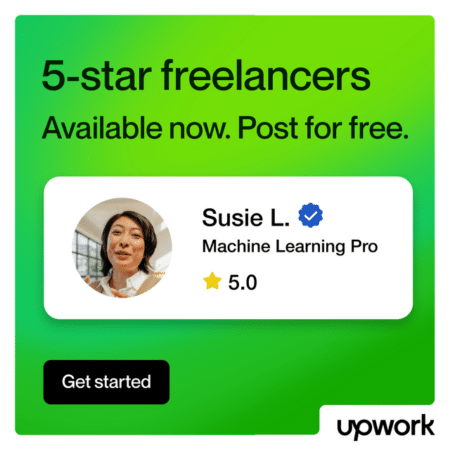Receiving a part of your payment while working is not just a nice thing to have in advance, it’s a necessary strategy that keeps a lot of freelancers from struggling to pay their bills.
There are a lot of benefits to getting paid while not having finished the whole project.
Maybe most importantly, you get to avoid the infamous “feast and famine” cycle. You can manage multiple payments from projects much better than irregularly getting large lump sums.
👋 Psst...Have you seen the all-new Feedcoyote yet? They've got a new look, more freelance opportunities, and the best collaboration tool for freelancers! Join over 100,000 fellow freelancers who network, find clients, and grow their business with Feedcoyote. Join for Free »
Upfront payments also protect you from clients that can’t, or won’t pay. In short, there are a lot of viable reasons why most freelancers request some kind of upfront payment.
There are three particular cases where it makes the most sense.
Situations in which you should definitely ask for a series of payments:
You’re working with a new client
With new clients, you often don’t know whether you can completely trust them. Even if there are no red flags, a client can turn out to be unreliable or simply a fraud.
Unfortunately, this is not a rare occurrence in the world of freelancing. That’s why you should be on your toes when working with new people and take all necessary precautions.
It’s a long-term project
Long-term projects can be the definition of the feast-and-famine cycle. If you work on something for months without ever getting paid a single cent before it’s done, you’re going to have to rely solely on your cash reserves.
That’s not a situation anyone likes to find themselves in. As a rule of thumb, in any project that takes 3-4 weeks of your time, you should try to spread out the payments.
It will take a while to get the full payment after being done
Payment conditions like NET30 and NET60 can create less-than-desirable scenarios for freelancers. For those unfamiliar with the terms, these are standard US conditions that are sometimes also seen in the freelancer world.
Basically, it means that you’ll have to wait thirty and sixty days, respectively, before getting your money. Sound bad? It can get even worse.
Sometimes, the clock starts ticking after you submit your invoice, not after you finish the job itself. In all of those cases, a series of payments can be a life-saver.
Choosing a payment strategy
There are three essential strategies you can use to spread out the money you’re getting. Here’s a short overview of each one:
Deposits
This one is pretty self-explanatory. Deposits are something you get upfront, before you begin your work. Anywhere between 15 and 50 percent are realistic amounts here.

You are getting two payments. The first one before you start and the second after you’re finished.
Milestone payments
Milestone payments are essentially deposits with added steps in-between. Aside from getting an up-front payment and the rest after finishing, you also get a certain percentage of your money after reaching different goals of the project—known as milestones.
Let’s say you’re writing a longer text – the first milestone might be your idea outline, the second a rough draft and the final a finished, polished text.
Retainer model
Retainer models are popular in law, but are also applicable to freelancing. In the retainer model, a client “books” you for a certain amount of hours and pays you the full amount upfront.

Being on retainer can be moderately big commitment if you’re used to being flexible with work, but also gives you the security of receiving all your money at the beginning.
Asking for a deposit or payment the right way
You’ve identified the situation as one suitable to spread out payments and you’ve picked your strategy. There’s one final stage – implementing it. Here’s how you do that in three steps:
Honestly explain how the freelancing business works
Communicating to a client that you want spread-out payments doesn’t have to be difficult. If they’re reasonable, a simple explanation of how freelancing works will do. You need cash flowing in in order to be able to work.
Be flexible on the methods, but remain firm on getting paid upfront
You don’t have to decide on just one of the previously mentioned payment methods listed above for every client. Offer your clients alternatives.
Pick maybe two, or even explain all three to them. Once your clients have choice, they’ll feel more comfortable, and in turn will be more likely to work with you.

Include the agreed upon strategy in your contract
Last but not least, remember why you’re doing this. Gaining financial security is a big reason for negotiating flexible payment conditions. The best way to get that security is to have the payment method outlined precisely in a contract.
What are your thoughts? Share in the comments.
Keep the conversation going...
Over 10,000 of us are having daily conversations over in our free Facebook group and we'd love to see you there. Join us!



